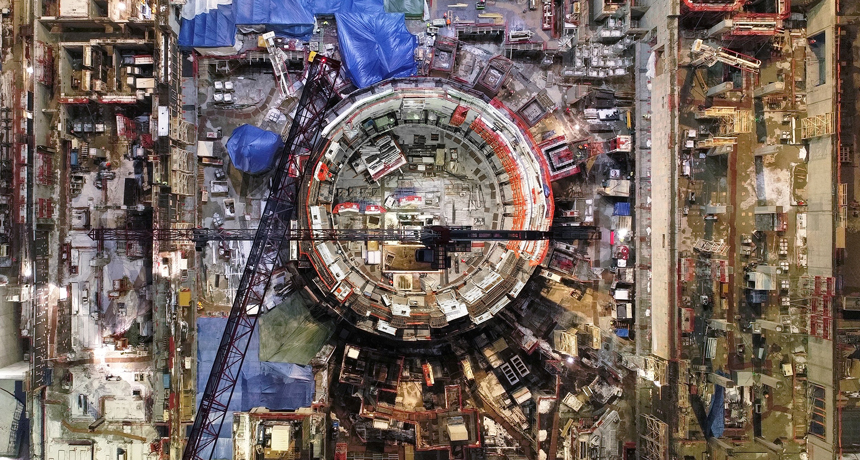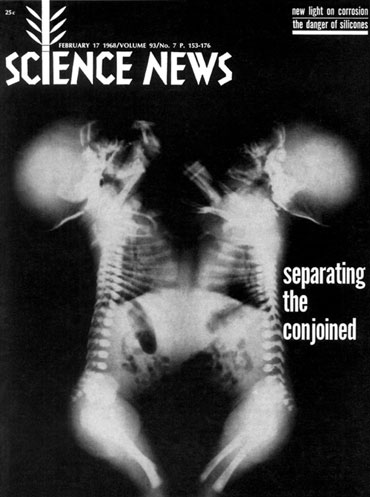50 years on, nuclear fusion still hasn’t delivered clean energy
Excerpt from the February 17, 1968 issue of Science News

PARTICLE POWER Fifty-year-old fusion predictions didn’t pan out, but scientists haven’t given up on harnessing the power of the stars. ITER, an international effort to build a fusion reactor in France (shown above), is well under way.
ITER Organization/EJF Riche
 Power within 30 years
Power within 30 years






